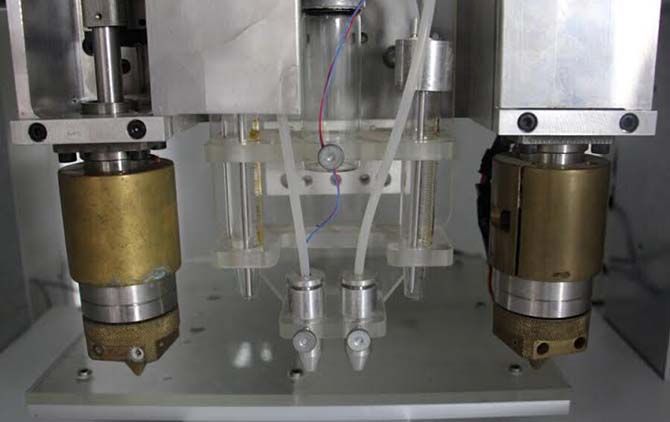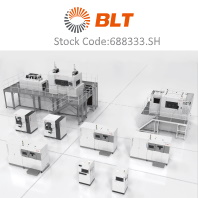随着3D打印技术的不断完善,我们已经见过了许多由3D打印机制造出的产品,例如服饰、房屋各种精巧的玩具。但现在的3D打印机也可以打印活体材料了。由青岛尤尼科技有限公司成功研发的代号为”Anyprint B01CS”的生物打印机,能够以活体细胞为原料,可广泛应用于活体器官打印、器官移植和医学实验。
这台生物打印机能够在无菌恒温的环境下,将活体细胞、高分子材料和天然生物原料进行组合排列,通过四头多材料打印技术,将生物细胞材料与支撑材料交替打印,最终为临床医学”打印出”可供患者使用的各类器官组织。其所采用的生物材料均为尤尼科技自主研发,耗材成本低。在目前我国器官移植资源匮乏的前提下,”Anyprint B01CS”生物打印机的问世无疑是广大患者的福音。现阶段,”Anyprint B01CS”生物打印机已经可以制作软骨、血管等组织,据尤尼科技的工作人员介绍,神经元、眼角膜甚至是心脏、肝脏等内脏器官的打印,也将在未来不久变为现实。
可以预见,随着生物打印机技术的不断完善,用不了多久,那些由3D打印技术制作出来的健康、洁净的器官组织,就会被用于活体移植,为患者们带去康复的希望。神奇的3D打印技术已经在许多领域引发变革,现在,它正在开启医疗领域的新时代。
相关阅读,见之前3D科学谷曾发布尤尼科出版的3D教材的新闻
3D bioprinting is one of those technologies that seems as though it would be more likely to show up in a science fiction movie than one of today’s research facilities. While we are still probably over a decade away from being able to take living cells and fabricate entire working organs, the hardware for doing this is already being experimented with. It’s more than experimentation though, as researchers have been able to 3D print living tissue from humans, and then use those tissues to perform tests. One example is the use of 3D printed liver cells to test drugs for toxicity. It’s a more efficient and accurate method than using rodents, which may respond differently to such drugs than humans would.
Last week we reported on a company called BioBots, a startup that has created a working bioprinter. They currently sell these machines for $25,000 but offer a beta version for only $5,000.
BioBots joins companies in the United States, such as Organova, as another player in the 3D printing of biological tissues. However, this doesn’t mean that other companies in other countries are not experimenting with this same technology. In fact, one company called Anyprint, located in China, has a 3D bioprinter of their own.
“The materials feeding printer may include bio-degradable material,” explained Steven, a representative for Anyprint, to 3DPrint.com. “The rate of degradation can be adjusted according to the patient’s condition.”
The printer, Steven tells us, has not been used on any patients as of yet, but has been utilized in a significant amount of testing. It has already been shown to successfully produce a cytoskeleton (network of fibers composed of proteins contained within a cell’s cytoplasm). “The cytoskeleton is somewhere for cells to grow into various organs,” explained Steven.
Basically, within a cytoskeleton, cells must be organized in a proper order so that they can be divided and grow into the desired organ. While not quite able to 3D print organs yet, in the future the company hopes this will be acheived.
















